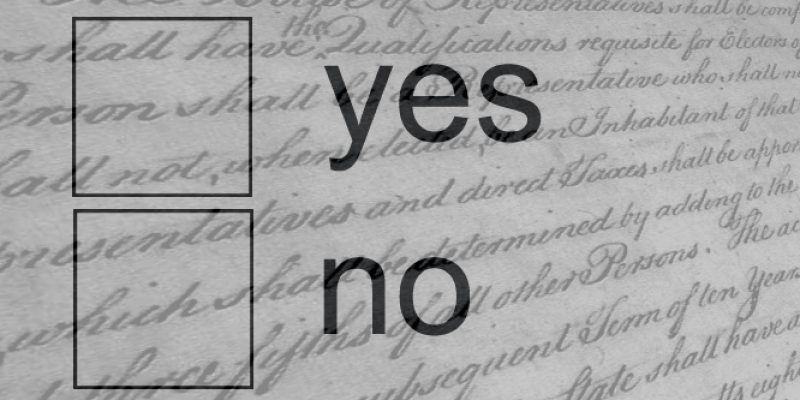(Originally run on April 3, 2025) — There continues to be debate surrounding the recent failure of statewide constitutional amendments—and we continue the analysis by examining a major contributing factor to their nearly 2:1 defeat.
On paper, the most persuasive explanation is that the results were largely an artifact of structural turnout patterns. For decades, as the two major political parties have grown increasingly ideologically pure and polarized, the classic socioeconomic patterns of party support have evolved. Democrats once displayed a “barbell” shape—strong support at the top and bottom of the socioeconomic scale, thinner in the middle—while Republicans resembled a “toy top,” with a concentration in the middle. But this has given way to a new structure: Democratic support now resembles an inverted pyramid, while Republican support has settled into a standard wine bottle shape.
This reordering has significant implications for election turnout. In the mid-20th century, analysts believed higher-turnout elections favored Democrats, since less-reliable voters—often lower SES—tended to support them. But as post-WWII affluence changed the electoral issue mix and the party coalitions shifted, that assumption faded.
Today, observers on both the right and left increasingly agree that higher-turnout elections tend to favor Republicans. In Louisiana, this means the GOP fares best when a presidential election is on the ballot, followed by U.S. Senate races (including runoffs), gubernatorial contests (also including runoffs), the every-dozen-year cycle of House-only statewide elections, and finally, when only constitutional amendments are up for a vote.
A review of election turnout data since 1998 confirms this. Presidential elections have averaged over 67 percent turnout. Senate and gubernatorial elections—runoffs included—cluster around the 43–47 percent range. Statewide or House-only contests average nearly 38 percent, while amendment-only elections trail far behind at just under 20 percent.
Turnout also varies significantly by party registration. In presidential elections, Republicans have outperformed Democrats by over 8 percentage points on average. For Senate races, the GOP edge is just over 6 and just under 5 points; for gubernatorial contests, over 3 and over 1; for House/statewide races, around 3.5; and for amendment-only ballots, slightly more than 2 points. Notably, in presidential elections without Donald Trump on the ballot, Republicans’ turnout advantage averaged just under 5.5 points. With Trump, it has jumped to over 8.5 points—even though he typically wins the state by about 20 points.
More complex statistical calculations reinforce how the type of contest impacts partisan turnout differences in Louisiana. Using a technique known as simple regression that computes covariance between overall turnout and partisan turnout gap, researchers find that roughly 30 percent of the gap across 33 elections can be attributed to overall turnout fluctuations. In other words, the higher the turnout, the more Republicans show up relative to Democrats—making high-turnout elections more favorable to the GOP.
Unquestionably, the lack of structural electoral stimulus on March 29 hurt the chances of the amendments—each passed by the legislature mostly along party lines and perceived as Republican in origin. As well, this was the first set of amendments since 1989 that didn’t come up in the fall. Even in years when no national or statewide executive contests were on the ballot, previous amendments coincided with local races—such as school board, parish offices, or judicial contests—which helped stimulate turnout. But this time, the amendments landed in the spring municipal slot—an election date that most municipalities avoid in favor of fall cycles—further depressing turnout in many parishes.
In short, Mar. 29, 2025 was the worst possible time to put these amendments on the ballot—especially if they were perceived (or made to be perceived) as a partisan initiative, with the benefiting party reliant on high turnout. That reality severely undercut their chances of passage. To be fair, Republican Gov. Jeff Landry and GOP legislators had good reasons for the timing: they wanted the changes enacted before fiscal year 2026 budgeting, and politically, it made sense to strike while the iron was hot after Landry’s decisive 2023 victory. The next likely opportunity wouldn’t come until the fall 2026 cycle.
Still, other political dynamics may have also contributed to the amendments’ failure—and, had they not been present, the measures might have passed despite the poor timing. This space will turn to those possibilities in the near future.
Advertisement
Advertisement

